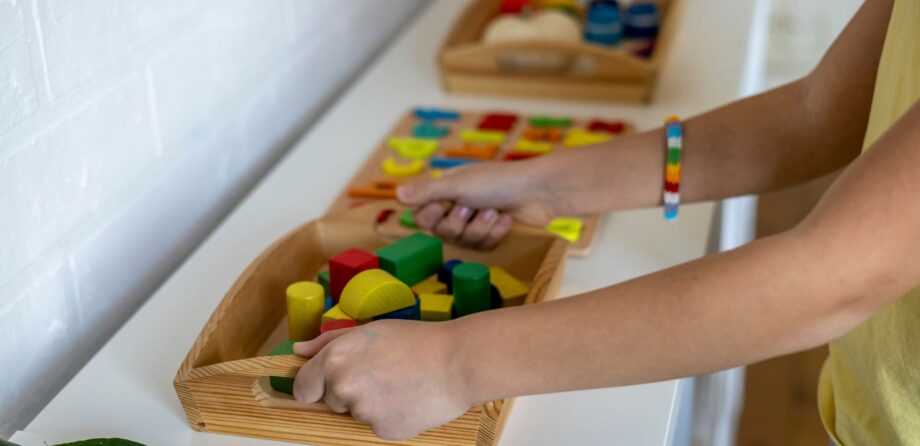
What are Children’s Rights Wellbeing Impact Assessments?
In our last blog we told you about the Children’s Rights Wellbeing Impact Assessment. You are not required to complete a CRWIA for each policy.
However, it is generally accepted that it is good practice as it shows that you are a rights-defending organisation. Being able to demonstrate to parents and the Care Inspectorate that your staff, parents and importantly children are aware of children’s rights shows high-quality practice.
More importantly, it means that the children in your setting are experiencing their rights on a daily basis which will help them develop a real understanding that they are rights holders.
NDNA Scotland has published a Step-by-step guide to completing a CRWIA. We would suggest that you think about carrying out a CRWIA when you are starting a new project in the nursery. For example, you might want to check how the rights of the children in your setting would be impacted if you were to rebuild an area in the garden.
What do you have to think about when carrying out a CRWIA?
- How does this project link to SHANNARI?
- What are the direct impacts of this project on children’s rights?
- What are the indirect impacts of this project on children’s rights?
- How have staff been involved in reviewing how the project meets the rights of children in practice?
- How have parents been made aware of the CRWIA and how their child’s rights have been met through this project?
- What further measures have you taken to ensure that this project meets the rights of the children in your setting?
- How do you know that the children are aware that they are rights holders in respect of this project?
How can you be sure that all the children in your setting are aware they are rights holders?
NDNA Scotland have got you covered! As part of our UNCRC Toolkit we have developed Listen to me! Children’s Views on Children’s Rights.
Listen to me! will support you in gathering the voices of all children in your setting about their rights, with tips, practice and examples and ideas to get you started. NDNA Scotland worked with four member nurseries on an approach to gather examples of children’s understanding of their rights in a way that fully embraces the child’s voice, without including any adult-led activities.
Working together with the whole nursery will allow you to illustrate the views and understanding of rights throughout all age groups. It is important that you ensure all the children are included, not just the older ones. Our Listen to Me! publication will give you tips on how to gather the views of all the children in your setting.
In our next blog we will give you some top tips on how gathering the views of all children including babies and non-verbal children.
Our resources are free to members. If you aren’t a member and want to take advantage of our resources to help you prepare for the Act then check out our membership offers.
Similar Articles
Early years activity: Indoor jungle safari adventure

Top tips for indoor physical play


